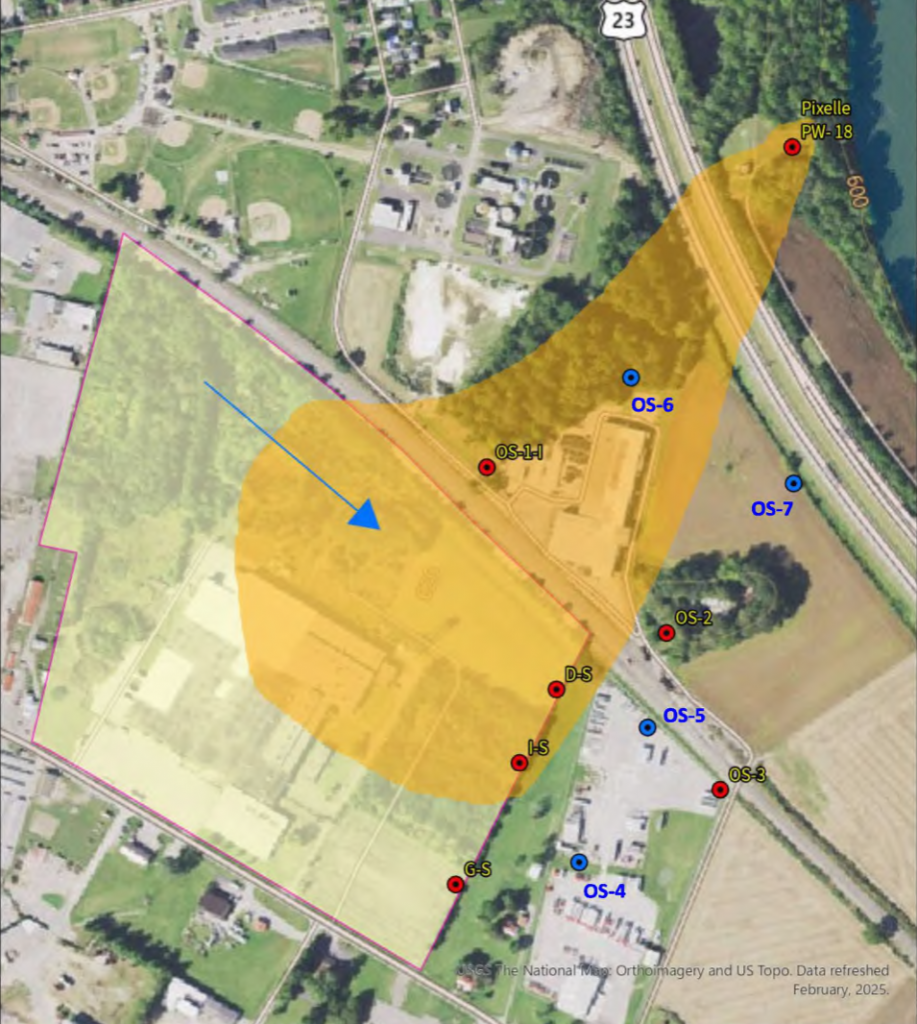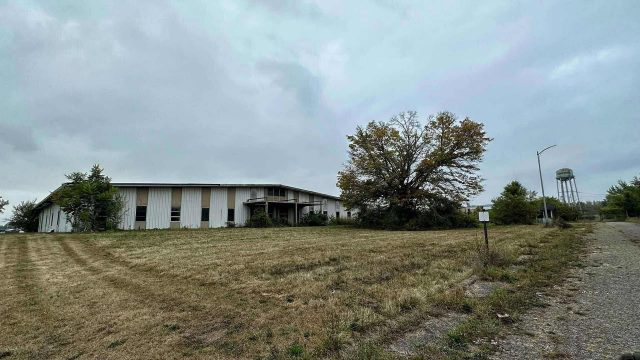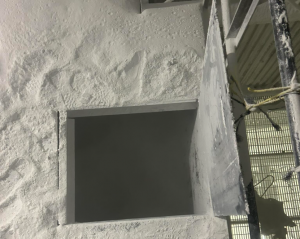
CHILLICOTHE, Ohio (August 6, 2025) — Howmet Aerospace Inc., through its environmental consultant Key Environmental Inc. (KEY), has submitted a formal response to the Ohio Environmental Protection Agency (EPA) regarding groundwater concerns at its former WearEver facility in Chillicothe. The response addresses potential environmental impacts following the expected shutdown of production wells operated by Pixelle Specialty Solutions, which currently influence groundwater flow in the area.
The Ohio EPA’s July 7 letter raised concerns about the cessation of pumping from Pixelle’s Wells 17 and 18 and its potential to alter the plume of groundwater contaminants originating from the site. In its response, Howmet reiterated its commitment to environmental safety and compliance with the EPA’s 1998 Decision Document, which outlines the long-term remediation plan for the site.
That plan includes two main goals:
- Preventing public exposure to affected groundwater both on- and off-site.
- Achieving Maximum Contaminant Levels (MCLs) for volatile organic compounds (VOCs) found in the groundwater.
Howmet’s proposed response includes enhanced quarterly groundwater monitoring to assess the environmental impact of the well shutdown. The company emphasized that similar flow changes have occurred in the past — notably between 2008–2013 and 2020–2021 — without significantly increasing contaminant levels at the southeast boundary of the property. Notably, VOCs were not detected in monitoring wells closest to nearby residential properties during those periods.

The residences located southeast of the site are connected to the municipal water supply and do not rely on groundwater for drinking, further reducing any immediate public health risk.
Howmet also agreed to Ohio EPA’s proposal to install two new monitoring wells just beyond the site’s southeastern boundary to improve surveillance of potential contaminant migration. However, the company argued against installing two additional wells (OS-6 and OS-7), citing their location as outside the likely flow path.
Statistical trend testing, such as the Mann-Kendall method, will be used to analyze changes in contaminant levels and groundwater flow over time. An updated conceptual site model will also be created once non-pumping groundwater conditions have been fully evaluated.
Should the plume behave differently than anticipated, Howmet stated it will work with Ohio EPA and potentially affected landowners to determine the best course of action — one that minimizes environmental and health risks while balancing cost-effectiveness.
Howmet is expected to submit a work plan for its next Five-Year Review to Ohio EPA later this year.
Is this enough? This known Plume has been in the ground, threatening exposure for over 30 years.










